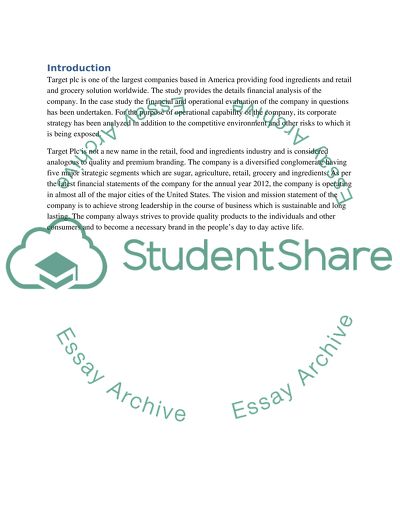Cite this document
(“Target plc Assignment Example | Topics and Well Written Essays - 2750 words”, n.d.)
Target plc Assignment Example | Topics and Well Written Essays - 2750 words. Retrieved from https://studentshare.org/finance-accounting/1491127-accounting
Target plc Assignment Example | Topics and Well Written Essays - 2750 words. Retrieved from https://studentshare.org/finance-accounting/1491127-accounting
(Target Plc Assignment Example | Topics and Well Written Essays - 2750 Words)
Target Plc Assignment Example | Topics and Well Written Essays - 2750 Words. https://studentshare.org/finance-accounting/1491127-accounting.
Target Plc Assignment Example | Topics and Well Written Essays - 2750 Words. https://studentshare.org/finance-accounting/1491127-accounting.
“Target Plc Assignment Example | Topics and Well Written Essays - 2750 Words”, n.d. https://studentshare.org/finance-accounting/1491127-accounting.


